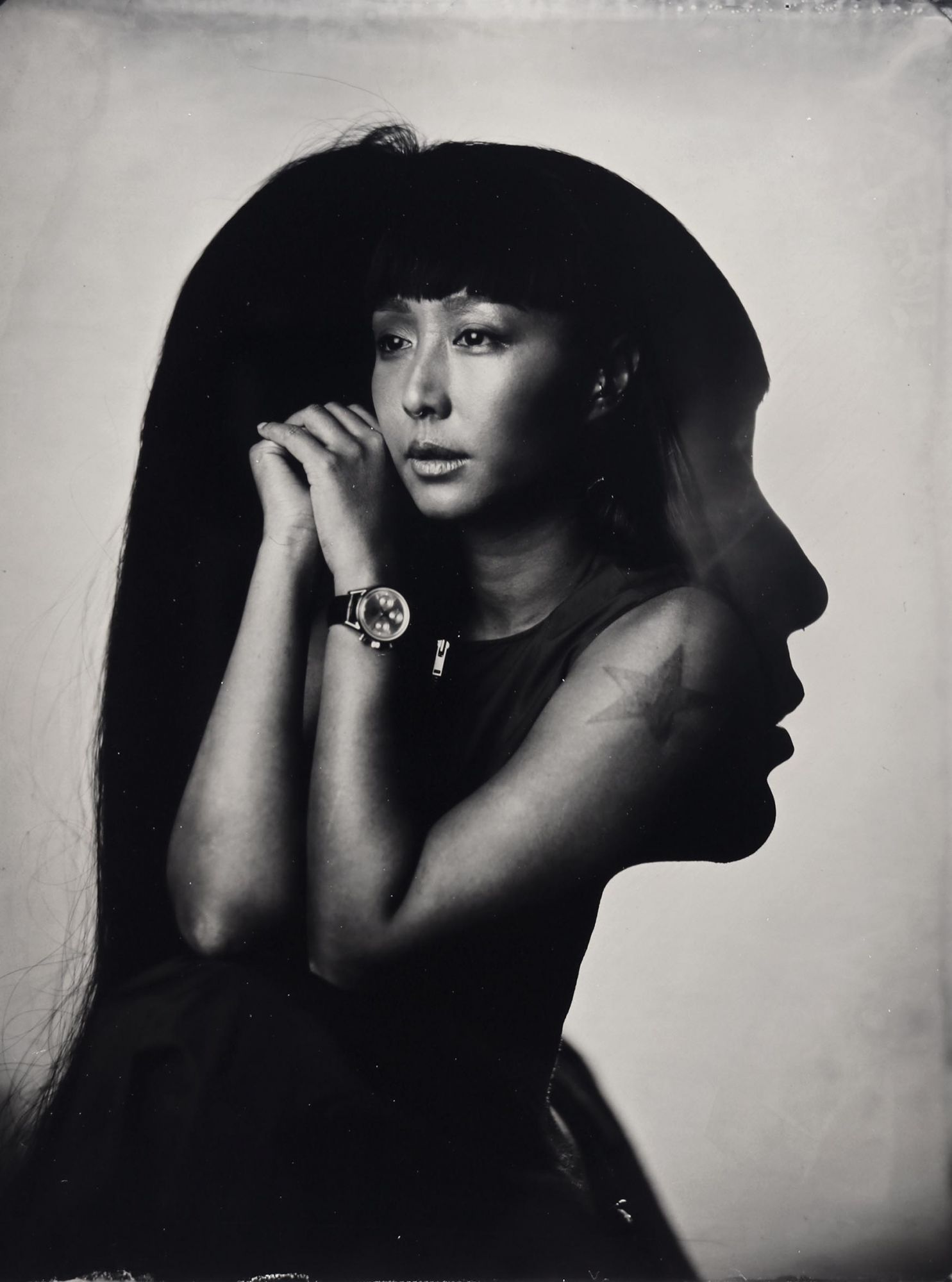Everyone is a photographer these days, or so we think. But the true talents are the ones putting their innovative spins to visual culture as we know it. In the last of a three-part series titled Behind the Lens, Ryan Lee talks about reviving interest in analogue photography with Hip Xiong Photo Studio
Five minutes before the start of our interview, I receive a text message from Ryan Lee: “I’m signing up for Zoom.” The irony is not lost on me: I was introducing a digital tool to the man who is reviving interest in analogue photography in Singapore—with an age-old technique even before film—at Hip Xiong Photo Studio, the only one here making wet plate tintype portraits. Lee tells me later that he never needed to use the video communications app, but was impressed that there were no lags during our conversation.
The question begs to be asked: “Are you a bit of an old soul?” Lee lets out a small sigh, and then a quick smile. “I actually embrace technology. When I graduated from poly, it was the start of the digital revolution for photography [more than 20 years ago]—and I’ve never looked back since. My first digital camera recorded images on a 3.5-inch floppy disk, and I didn’t need to develop my own film anymore.”
That is, until now when the instant gratification of digital photography no longer cuts it for him. “I want to go back to analogue photography. With a finite number of shots, it forces me to put more thought and deliberation before I press the shutter. It slows down time to a point of stopping it and I feel more in the moment. And when I finally see my shots develop the way I imagined them to be, I feel rewarded.”
See also: What Do the World’s Billionaires Enjoy as Hobbies?

In this digital age, when filters can change the look of a photograph fairly quickly, why did the former creative director in advertising see the need to revive wet plate photography? “The image is formed by exposing light-sensitive silver halides on a metal plate. I like the tangibility and archival quality. So if the internet of the world crashes, at least my picture would still survive. It’s a physical reminder of the moment that was captured.”
Lee opened the doors to Hip Xiong Photo Studio last March, after signing the lease for the two-storey space in Geylang the year before, but only a few weeks later Singapore went into circuit breaker mode to curb the spread of Covid-19. It was in June, when restrictions were lifted, that he saw his first customers—mostly couples who were commemorating an anniversary or a birthday. “The pandemic sort of helped us because people can’t travel and they are looking for unique experiences—and this form of photography is something that our generation has never experienced before.”
See also: Why Self-Care Can Help You Be a Better Version of Yourself




